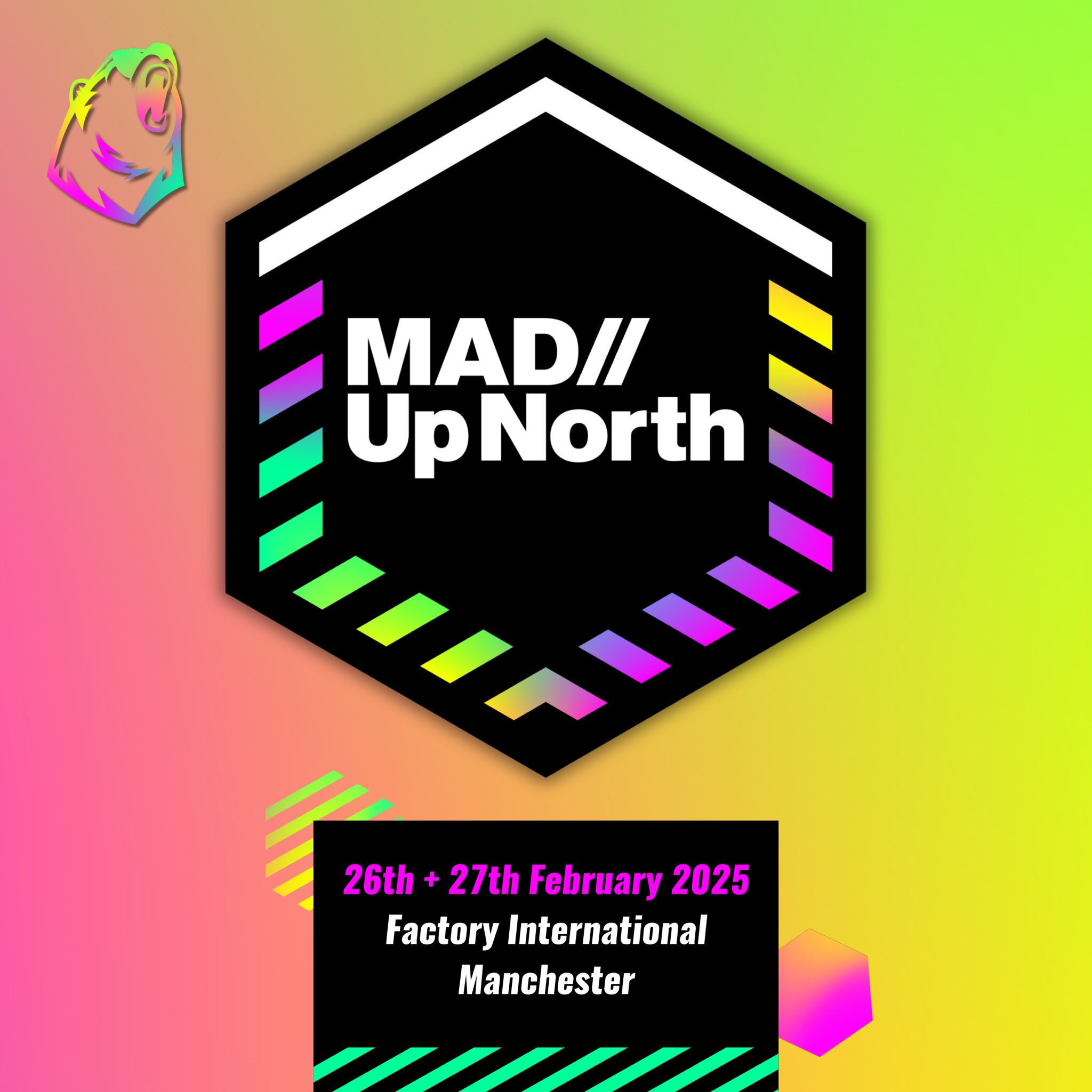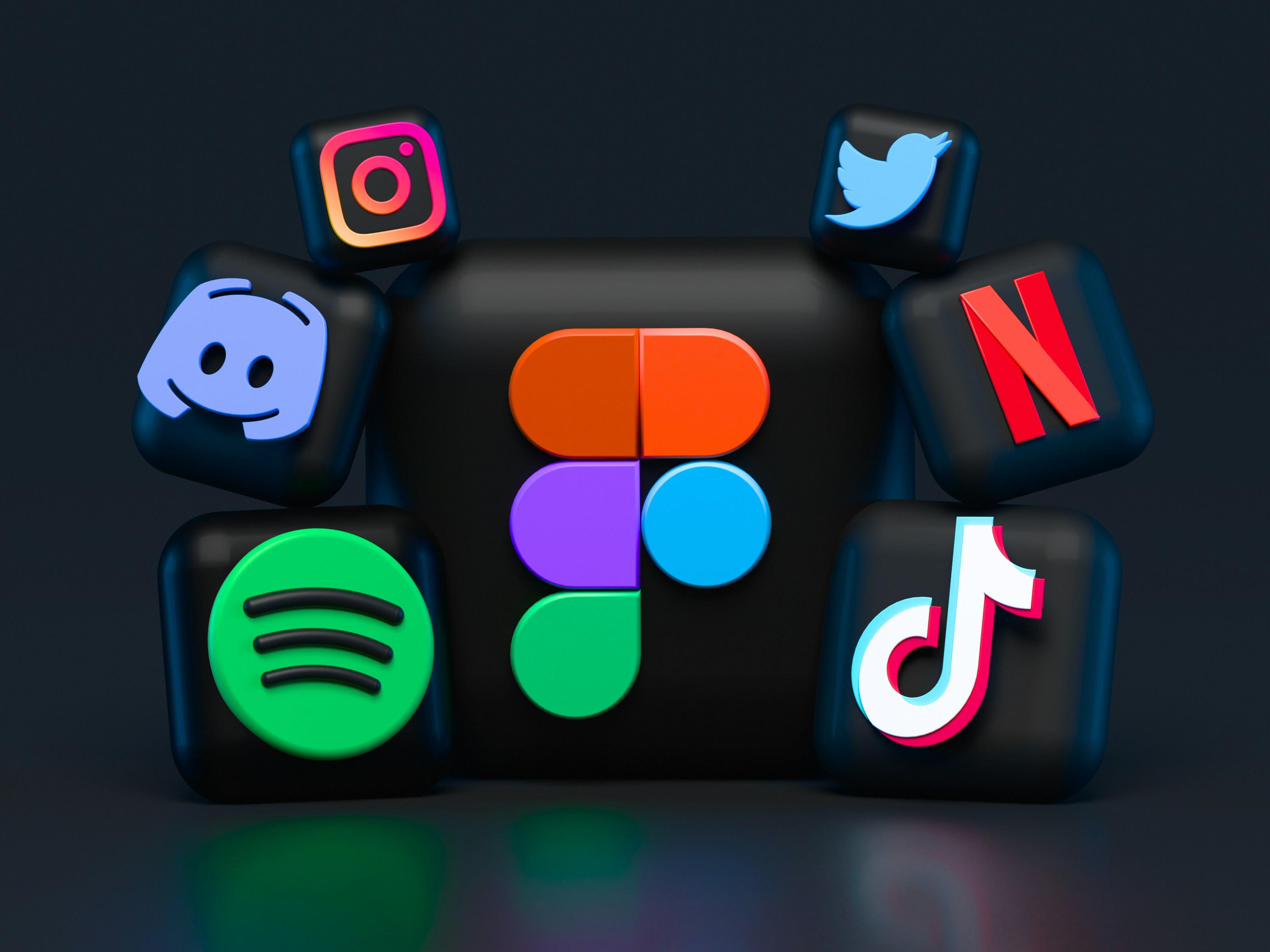
What we say can have a bigger impact than we realise. Our Data & Tech Recruitment Director, Leif Radford, was a speaker at the inaugural ‘Queer in Tech’ event, and his speech focussed on how language in the workplace can be used to help teams become more inclusive and diverse. Keep reading to discover his key takeaways and broaden your understanding of inclusive language.

Leif Radford - Data & Tech Recruitment Director
Leif Radford - Data & Tech Recruitment DirectorLanguage plays a crucial role in shaping our perception of the world around us. It’s a powerful tool that can create a sense of belonging, or exclusion, within a community. In the workplace, the use of inclusive language is essential to creating a diverse and welcoming environment for all employees, particularly those who are queer and neurodivergent. As someone who has worked in data and tech recruitment for over six years, I have spoken with countless candidates about their experiences in the workplace - and as a queer person with lived experience of mental health conditions, I have also seen first-hand the impact of language on people's sense of belonging and wellbeing.
One of the ways in which language can be excluding is through heteronormativity. Our society and culture have historically viewed male and female as the only options for sex and gender. This narrow definition of identity has led to assumptions being made about who people are and who they love. For example, when we refer to a group of people as "ladies and gentlemen," or use titles like "sir" and "madam" before asking someone how they self-identify, we are reinforcing the idea that there are only two options available. This can make people who fall outside of these options feel excluded and marginalised.
Gendered language can also be harmful in gender-neutral settings. The phrase "hey guys" is often used as a universal greeting, but it is not truly gender-neutral. If you ask yourself whether you would say "hey gals" in the same situation, you will realize that it carries a gendered weight. This language excludes the many other ways that people can choose to identify, and actively works against inclusion. To make the workplace more inclusive, we can start by using gender-neutral terminology, such as "hi folks." This small change can make a diverse group of people feel more included and valued.
In addition to heteronormativity, the use of language around neurodiversity and mental health can also be harmful. Words like "OCD," "bipolar," and "autistic" are often used colloquially to describe behaviours or emotions. However, these are clinically diagnosed conditions, not adjectives. Using them in this way trivializes the experience of people living with these conditions and contributes to the stigma surrounding mental health. Instead, we should use language that accurately reflects the experiences of people with neurodivergence and mental health conditions. This includes using person-first language, which puts the person before the condition. For example, "a person with OCD" instead of "an OCD person." It also means avoiding using clinical diagnoses as adjectives and instead describing behaviours or emotions in more neutral terms.
As a recruiter, I have seen the impact of language on the hiring process. When job descriptions use gendered or ableist language, it can discourage qualified candidates from applying. This perpetuates the lack of diversity within the tech industry and makes it more difficult to build inclusive teams. Inclusivity in the workplace goes beyond just using inclusive language. It requires a concerted effort to create an environment where all employees feel welcome and valued. This can include providing accommodations for people with disabilities, offering mental health resources and support, and actively seeking out diverse perspectives and experiences.
The power of language cannot be overstated. The words we use have the ability to create a sense of belonging or exclusion within our communities. To build more inclusive workplaces, we must start by examining the language we use and its impact on those around us. By using inclusive language and creating a welcoming environment for all employees, we can build stronger, more diverse, and more innovative teams.
Take a look at all of our live jobs!
live jobsCheck out our latest opportunities in:
TechnologyMarketingDigitalAnalyticsCreativeYou can also read our latest blogs on industry news and advice.
latest blogs

